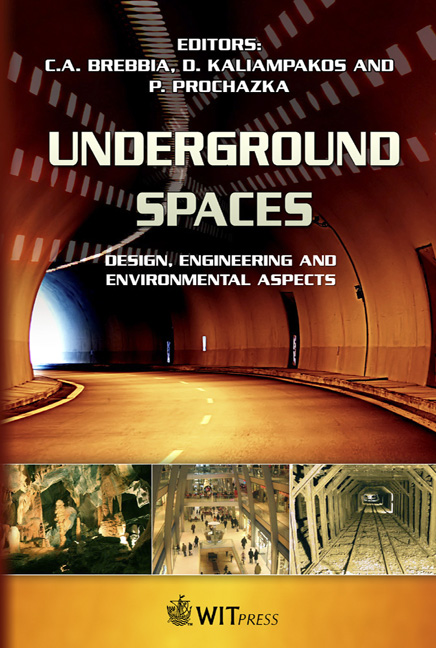Spatial Organization And Economic Analysis In Sustainable Transit Oriented Development
Price
Free (open access)
Transaction
Volume
102
Pages
10
Page Range
169 - 178
Published
2008
Size
1,723 kb
Paper DOI
10.2495/US080181
Copyright
WIT Press
Author(s)
N. Mohajeri
Abstract
Transit oriented development (T.O.D.) is one of the most important subjects in sustainable urban development. This strategy has been taken for decreasing the journey demand especially combining land use and transportation development with focus on the land development around railway stations. According to this statement, the provision of a station complex is considered as an option for approaching a sustainable urban transportation. This paper analyses the spatial organization underground stations after a brief defining of transit oriented development. This paper also is going to discuss the benefits of a station complex which is made according to sustainable development with focus on the economical effects. Keyword: spatial organization, sustainability, transit oriented development. 1 Introduction In order to get into economic development, the existence of an inner city rail transportation network is considered an indispensable tool for success. Since three decades ago forward looking urban designers and urban planners in connection with intelligent development in cities, in order to minimize demands for daily inner city trips, have put great emphasis on the coordination of land use and transportation systems. This idea nowadays clearly implies concentration of various daily activities in and around underground or city railway stations. This impact of such magnitude particularly in areas immediately next to the stations is quite evident and by passage of time every station creates a magnet of its own consequentially ending in gathering up of an assortment of utilities and intense
Keywords
spatial organization, sustainability, transit oriented development.





